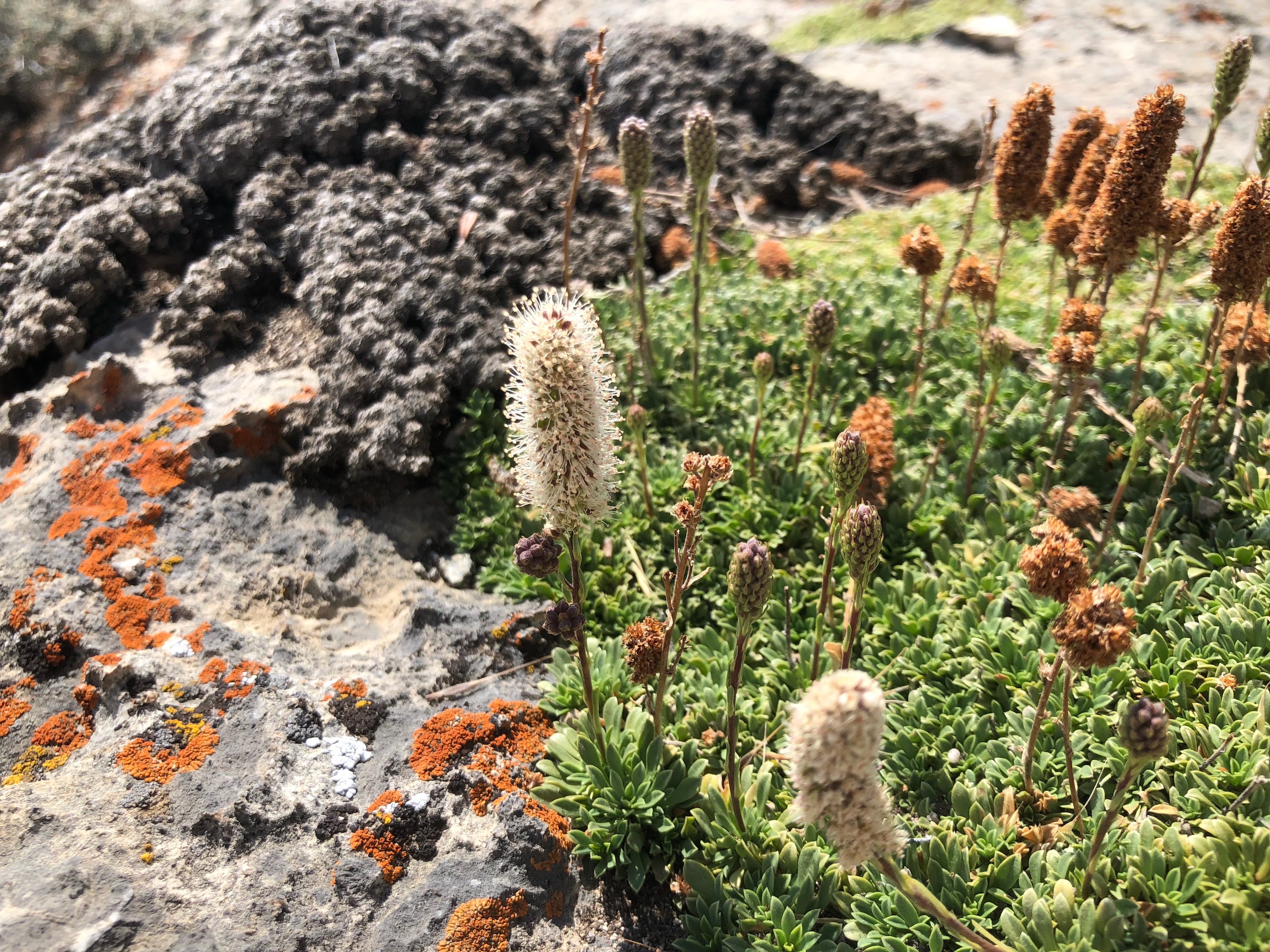Summarizing the entirety of a season is always a challenge. Especially when the five months have provided stunning landscapes, introductions to many platforms of plant science, and meaningful relationships. My time as a CLM intern in Idaho Falls, ID with the Caribou-Targhee National Forest has been an absolute joy. Even being fully prepared by both my mentor and Chicago Botanic Garden (CBG) staff before my move, I could not have expected the amount of knowledge and experience I would gain throughout this program. Or the huge love I have now for the state of Idaho. With the multitude of different projects and interagency partnerships, I am leaving this internship feeling more grounded in my career goals and passion for science. To close out my season, I wanted to run through a handful of standout moments and thoughts for future interns. As well as a massive thank you to my mentor Rose Lehman, co-intern Olivia Turner, and CLM staff. You are what makes this program.
One of the most meaningful experiences from the season was our opportunity to establish the fourth Global Observation Research Initiative in Alpine Environments (GLORIA) peak in Idaho. These sites are created across the world to analyze one of our most vulnerable landscapes, the alpine. With the trends of climate influence becoming more apparent every day, it is crucial to establish infrastructure to document how alpine vegetation is responding. To pull off a research site of this level, it took multiple agencies from across the state. Seeing how the BLM, Forest Service, Idaho Fish and Game, ARS Bee Lab, master naturalists, Rocky Mountain Research Station, Idaho Native Plant Society, and state botanists, came together to complete this research was extremely motivating. It showed how important working together is for the future of our environment. Additionally, having the exposure to GLORIA expanded my fascination for alpine life zones and confirmed how dearly I hope to attend a graduate program that is doing active research for alpine conservation.
After completing GLORIA in June, it felt like a snowball of excitement and projects came tumbling down the summit. In the best way possible! Thanks to our incredible mentor, we were non-stop the entire season. This leads me to my first advice tid-bit for future CLM interns. From the beginning, be honest with your mentor and your co-intern(s) about your goals, hopes, and overall preferences for your time with them. When you do your interview with your mentor, ask all the questions and don’t be shy to follow-up throughout the entirety of your season. Olivia and I were sure to let our mentor know how interested we were in rare plant conservation, alpine ecology, climate change, community partnerships, and GIS. With that, she continually put projects on our plate that encouraged those interests. As for your co-intern, talk to them before your season starts! You will be with this person 40+ hours a week for five months! Camping, strategizing, driving for hours, sharing meals, laughing at each other for sliding down a mountain, meeting superiors together, etc. It was essential for Olivia and I to share a bit about who we were before coming to Idaho as well as staying completely honest with each other throughout the season about where we were at.
Two additional highlights from the season were: working closely to document the monarch butterfly populations here in southeast Idaho and being a part of the Seeds of Success (SOS) seed collecting initiative. I wish I could insert all of you reading this into the Curlew National Grassland in early August just so you could fully experience how magical it is to see monarchs nectaring on native milkweed (Asclepias speciosa) surrounded by the river, cottonwoods, and rocky mountain bee plant (Cleome serrulata) in the grassland. We had the opportunity to capture monarchs, tag them for migration tracking, and peacefully release them back the same day so they could continue their journey. With the monarch populations dwindling rapidly, it was an awe-inspiring moment to be involved with any conservation effort on their behalf. Additionally, our chance to be a part of the seed collecting process of SOS provided us with the ability to travel all across Idaho, western Wyoming, and northern Utah. Seeing gorgeous areas. SOS allows you to be apart of a multi-state, multi-partner research action. We were able to discuss our populations and seed zones with other CLM and SOS seasonals, learn about sustainable seed harvesting, and be a part of the restoration efforts SOS supports.
Another tid-bit for future CLM interns would have to be, dive into this experience. Engage yourself! You have the chance to meet your future boss, colleague, research associate, graduate school advisor, and so on just from the remarkable network CLM provides you with. Send follow-up emails, reach out again, get numbers. Ask too many questions. Be yourself and laugh at yourself. Go out with other crews and supervisors to expand your knowledge. Say yes! Truly, this is an unforgettable experience so make it your own!
It is with a full heart, I leave this internship. I’ve only shared three moments from a season filled with hundreds of them. If I could, I would write 10+ pages filled with photos and accomplishments from all the hard work everyone contributes to the CLM program. Thank you again to my incredible mentor Rose and my lovely co-intern Olivia for being an outstanding team. As well as Chris and Krissa from CBG for providing all the avenues of support anyone could ask for.
I’ll leave you all with this dreamy photo of mat rockspirea (Petrophytum caespitosum)!

Warmly,
Claire Parsons
CLM 2019 Cohort: Caribou-Targhee National Forest, Idaho














 Left: Mahonia repens (Oregon grape); right: Lithospermum ruderale (Stoneseed).
Left: Mahonia repens (Oregon grape); right: Lithospermum ruderale (Stoneseed).

